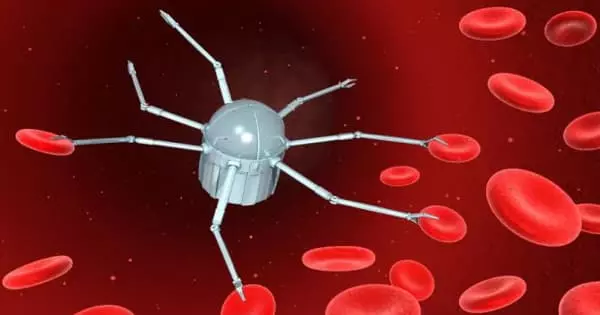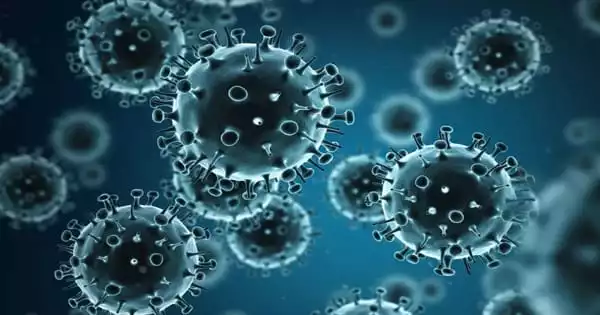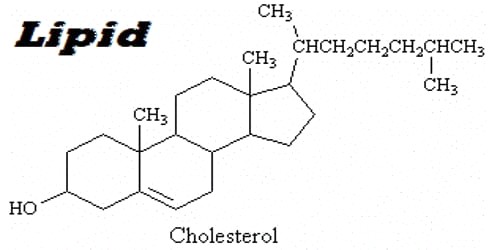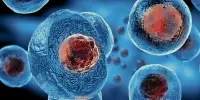In the middle of the 20th century, an estimated 4.5 million children under the age of five per year perished from diarrhea. Although oral rehydration therapy saved lives, it did not stop the infection.
Millions of children in low and middle-income nations continue to have frequent episodes of diarrhea, which weakens their bodies and makes them more susceptible to malnutrition, stunted growth, and a variety of illnesses.
Researchers at Washington University School of Medicine in St. Louis have determined, in studies of human cells as well as mice, how some types of diarrhea-causing Escherichia coli (E. coli) bacteria damage the intestines to cause malnutrition and stunting. Additionally, they have demonstrated that immunization against an E. coli toxin guards against intestinal injury in young mice.
According to the research, a vaccine against this strain of E. coli could support efforts made around the world to ensure that all children not only live to be 5, but also thrive. The study is available online in Nature Communications.
“Ideally, we’d like to have a vaccine that prevents acute diarrhea, which still kills half a million children a year, and that also protects against long-term effects such as malnutrition, which is perhaps the bigger part of the problem now,” said senior author James M. Fleckenstein, MD, a professor of medicine and of molecular microbiology.
“When kids become malnourished, their risk of dying from any cause goes up. The World Health Organization is in the process of deciding how to prioritize vaccines for kids in low- and middle-income countries, and I think these data suggest that vaccinating kids against E. coli diarrhea could be hugely beneficial in places that struggle with this.”
There are lifelong consequences of getting infected over and over in childhood. Vaccination combined with efforts to improve sanitation and access to clean water could protect children from the long-term effects and give them a better shot at long and healthy lives.
James M. Fleckenstein
Fleckenstein studies a kind of E. coli known as enterotoxigenic E. coli, or ETEC so named for the two toxins it produces and its effects on children who live where the bacteria run rampant.
Although E. coli is a prevalent cause of diarrhea throughout the world, strains found in high-income nations like the United States often don’t carry the same toxins as those in low- and middle-income nations. And that may make all the difference.
A 2020 study by Fleckenstein and Alaullah Sheikh, PhD then a postdoctoral researcher in Fleckenstein’s lab and now an instructor in medicine indicated that one of ETEC’s two toxins, heat-labile toxin, does more than trigger a case of the runs. Additionally, the toxin alters the gut’s gene expression by turning on more genes that aid in the bacteria’s attachment to the gut wall.
In the most recent work, Fleckenstein and Sheikh found that the toxin suppresses a wide range of genes connected to the intestinal lining, where nutrients are absorbed. Microvilli, which are tiny finger-like projections that cover the surface of the intestines like bristles on a brush, make up the so-called brush border of the intestine. The brush boundary broke down when Fleckenstein and Sheikh exposed clusters of human intestinal cells to the toxin.
“Instead of being nice and tight and upright with thousands of microvilli per cell, they are short, floppy and sparse, kind of like if you had plucked out most of the bristles, and what was left was kind of raggedy,” said Sheikh, who led the 2020 and current studies.
“That alone would have a negative impact on the body’s ability to absorb nutrients. But on top of that, we found that genes related to absorbing specific vitamins and minerals notably vitamin B1 and zinc also were downregulated. That could explain some of the micronutrient deficiencies we see in children repeatedly exposed to these bacteria.”
Children in low and middle-income nations frequently have diarrhea, which increases the risk of stunting and malnutrition. In their study of young mice, the researchers discovered that whilst repeated infections with toxin-producing E. coli resulted in significant intestinal damage and growth retardation, a single infection was sufficient to cause damage to the brush boundary. Puppies infected with an E. coli strain devoid of the toxin did not exhibit any intestinal damage or stunting.
Fleckenstein and Sheikh reasoned that if the toxin is the issue, an immune response that neutralizes the poison may stop the long-term damage. They administered the toxin vaccination to nursing mice moms to find out. Although suckling mice are too young to get an immunization, their immunized mothers create antibodies that are passed on to the pups through breast milk.
The fact that the infant mice of immunized mothers had what looked to be healthy intestines suggests that immunization can prevent the intestinal damage that can result in malnutrition.
“This is an argument for developing a vaccine for this kind of E. coli,” Fleckenstein said. “There are lifelong consequences of getting infected over and over in childhood. Vaccination combined with efforts to improve sanitation and access to clean water could protect children from the long-term effects and give them a better shot at long and healthy lives.”
















